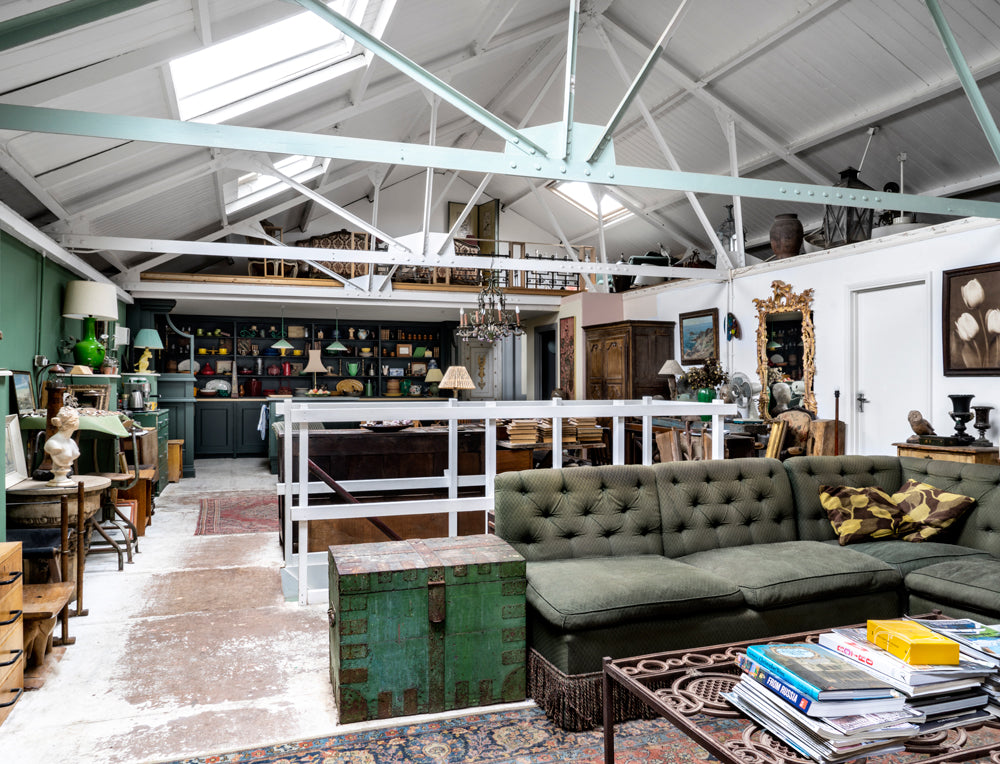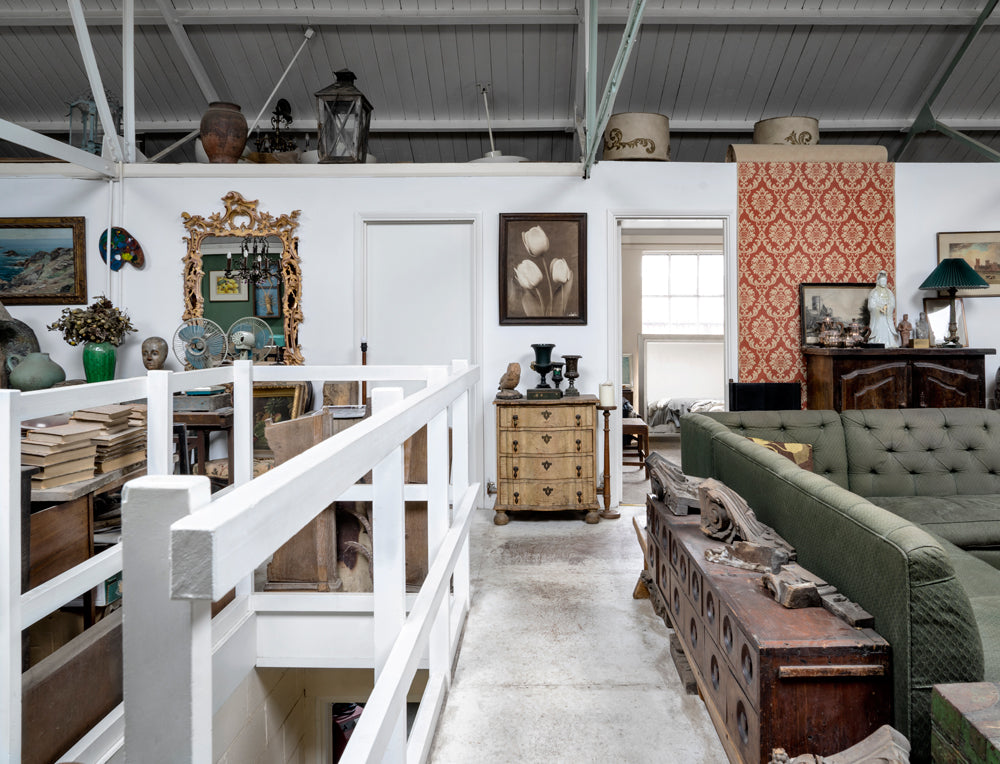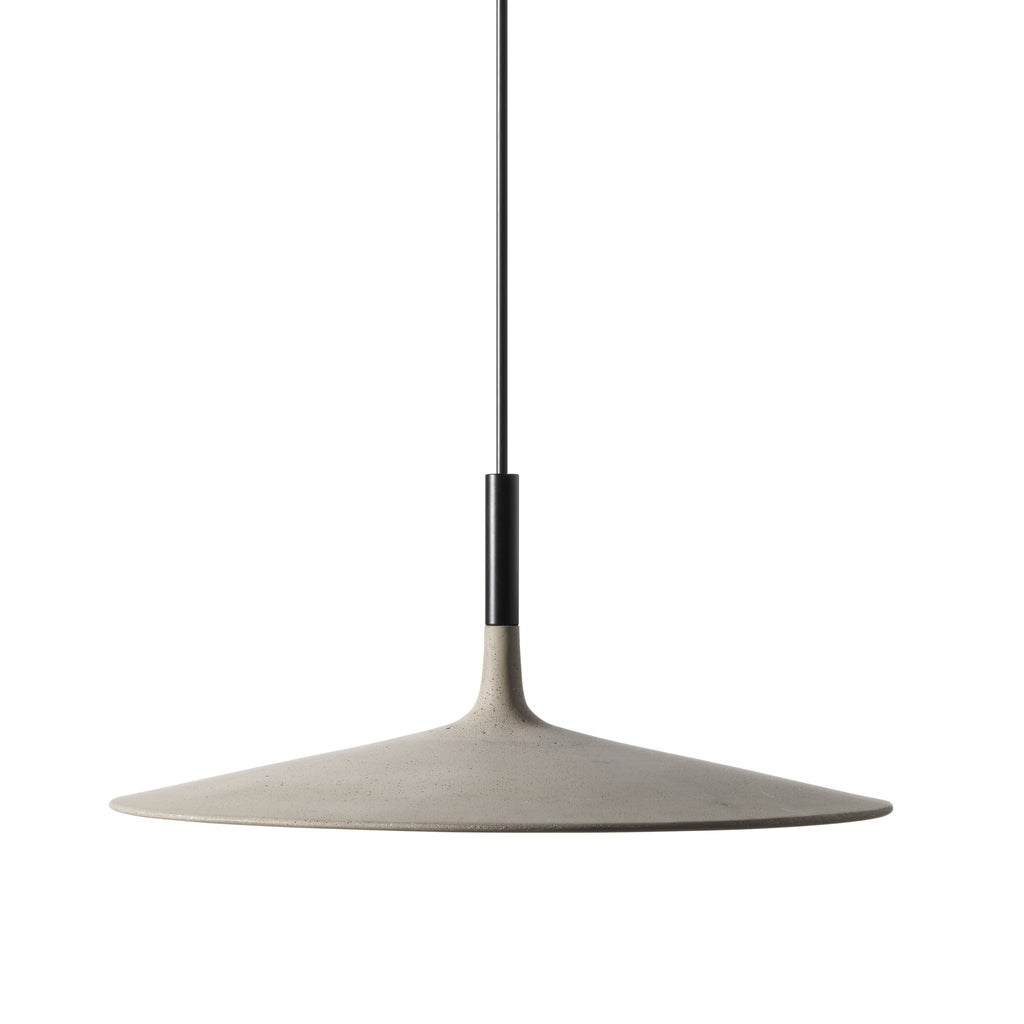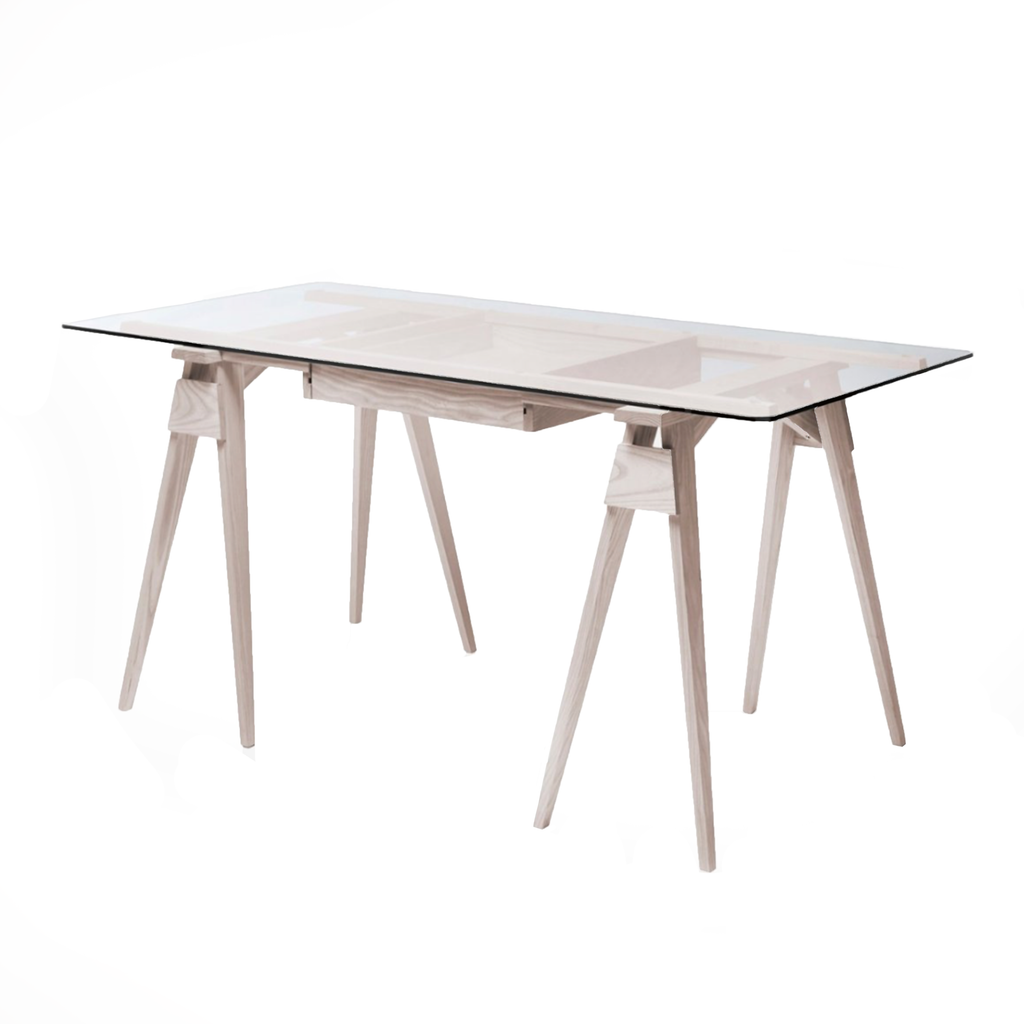
The latest book to be published by Ryland Peters & Small and written by Mark and Sally Baily is Wabi Sabi Home, which explores the ancient Japanese philosophy of finding beauty in the imperfect and embracing the humble.

We’ve featured the work of Mark & Sally Bailey in our Design Reads before when we wrote about their last book ‘Made of Wood’. Their latest publication takes its inspiration from the Japanese Zen Buddhist world view centred on the acceptance of transience and imperfection. Wabi Sabi is an ancient Japanese philosophy of finding beauty in the imperfect and embracing the humble.
Characterised by the concepts of austerity, asymmetry, modesty roughness and simplicity, Wabi Sabi emerged as a popular interior design trend in 2018 and has gone from strength to strength. Mark & Sally Bailey have used this to inspire their new book which walks us through the many facets of the philosophy and provides us with a rich tapestry of examples that show how this belief can be translated into our homes.
Whilst Wabi Sabi is definitely not a decorating style, it does lend itself to serving as guide to creating a home that is full of everyday, irregular, time-worn objects that you love to look at. In order to demonstrate how this works and looks in practice, Mark and Sally visited homeowners all over the world who understand that battered, scuffed, peeling and handmade objects are not just beautiful but preferable to perfect brand new ones. These objects have a story to tell and bring a place to life, making it feel homely and personal.
The book is divided into five chapters: Creased; Scuffed; Shaded; Crafted; and Gathered. Throughout these five chapters, the authors explore five different elements of the Wabi-Sabi home: textiles; textures; colours; handmade pieces; and collections.
Each chapter focuses on a single home that encapsulates these ideas and offers advice and tips on how to incorporate these features into your own space.
Wabi Sabi Home by Mark & Sally Bailey is published by Ryland Peters & Small, £19.99, available here.
Photography by Debi Treloar.



